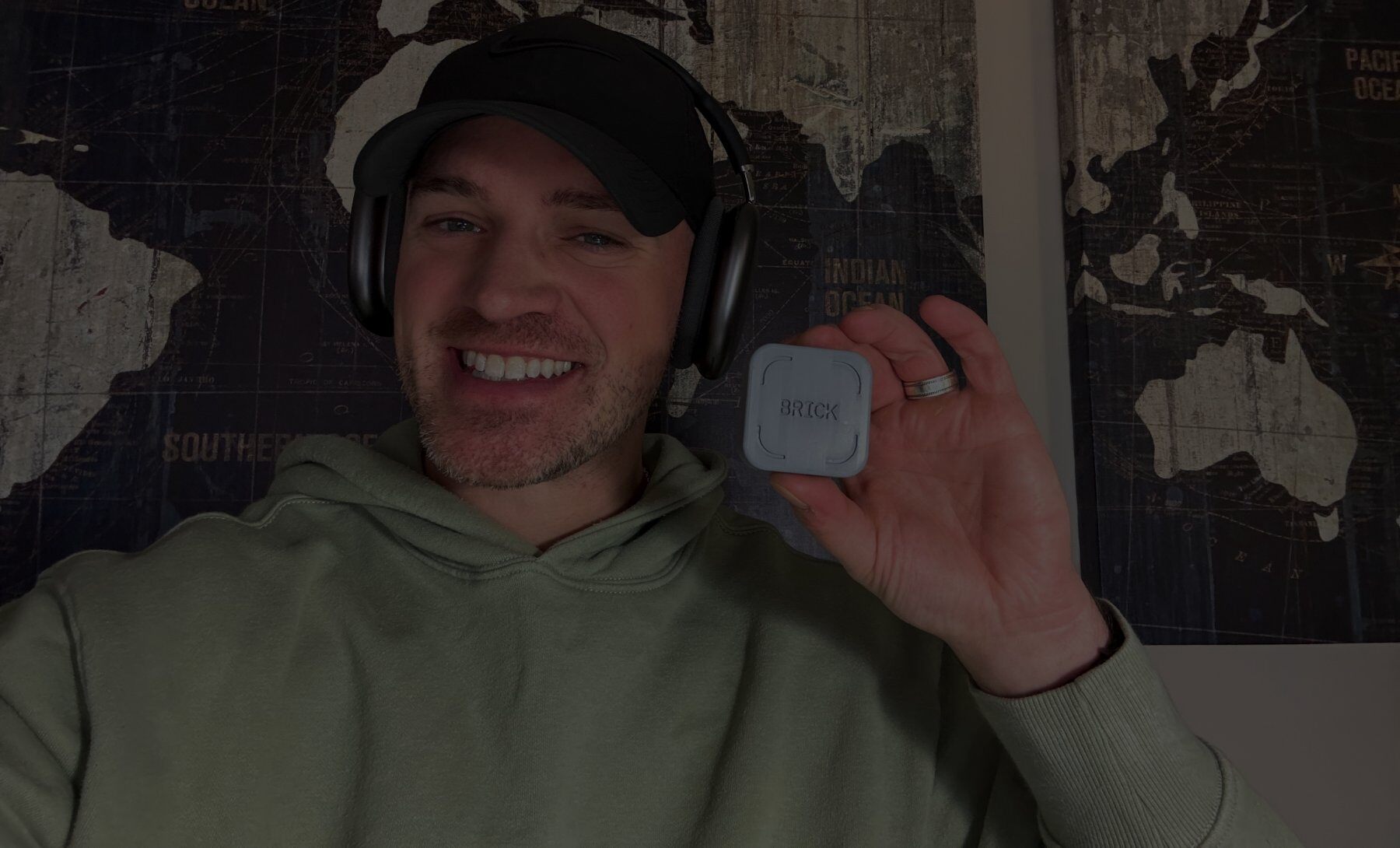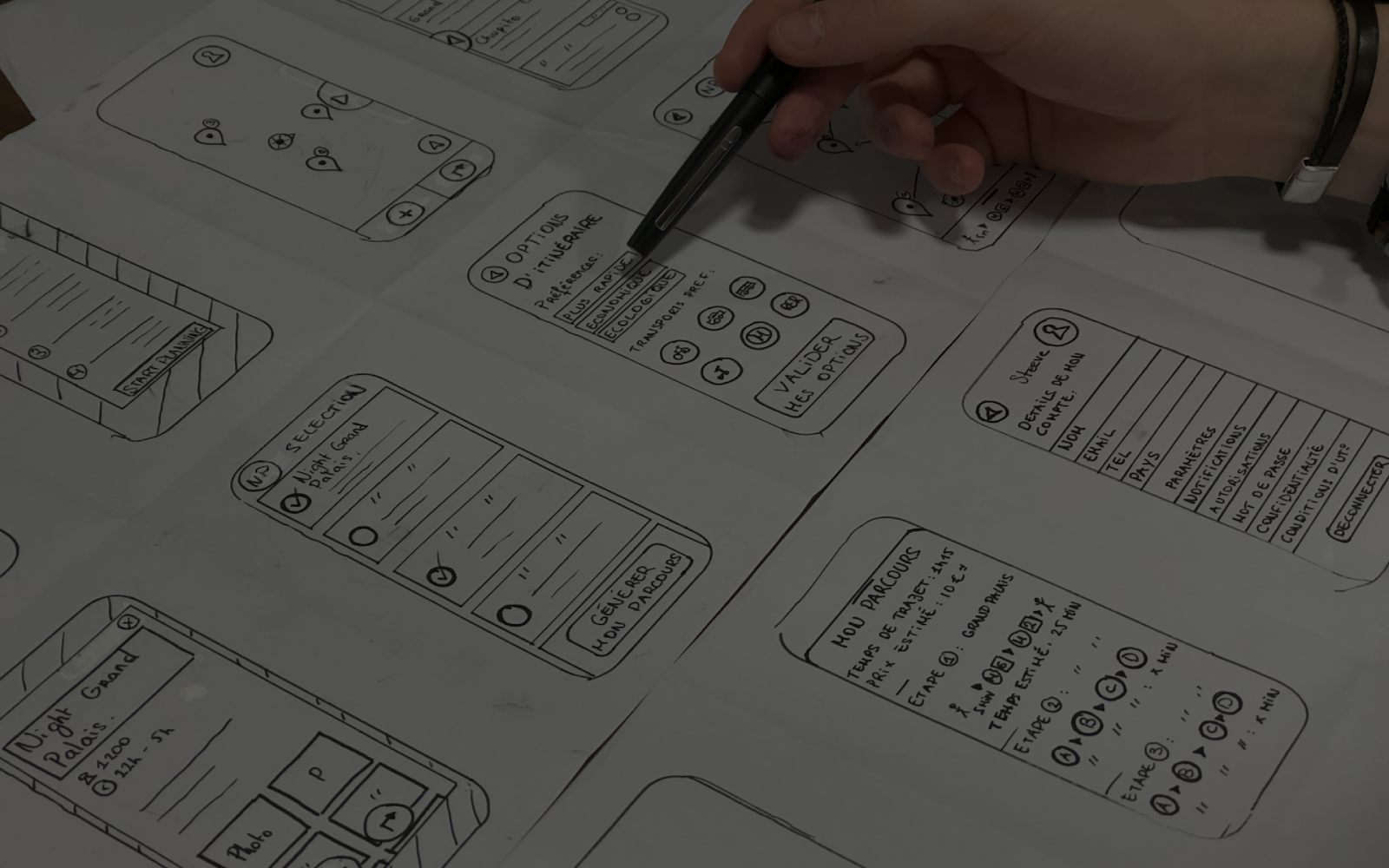8 Critical Design Elements for Effective Landing Pages
In today's highly competitive digital landscape, having an effective landing page is essential for any business looking to turn website visitors into leads, sales, and, ultimately, customers. A well-designed landing page is the cornerstone of successful online marketing campaigns and acts as a powerful tool to not only attract potential customers but also persuade them to take specific action.
In today's post, we will delve into the critical design elements that you need to include in your landing page to ensure it converts effectively.
1. Clear and Compelling Headline
The headline of your landing page is the first thing visitors see and read, which means it needs to instantly grab their attention and provide a clear message. Make sure the headline is concise, relevant, and engaging, highlighting the main value proposition of your product or service. A strong headline will encourage visitors to stay on the page and explore further.
2. Engaging Visuals and Media
Visual content is essential for capturing the interest of your visitors and conveying your message quickly and effectively. Including high-quality images, videos, or animations on your landing page can help to illustrate your product or service, showcase its benefits, and create a strong emotional connection with your audience. Ensure that your visuals are optimized for both desktop and mobile devices and that they do not distract from the main call-to-action (CTA).
3. Compelling and Relevant Copy
The copy on your landing page should be concise, clear, and focused on the benefits and value of your product or service. Use persuasive language and storytelling to engage visitors and address their needs, pain points, and desires. Break up large blocks of text with headings, bullet points, and short paragraphs to make your content easily scannable and digestible.

4. Trust Signals
Incorporating trust signals on your landing page can significantly improve conversion rates, as they help to reassure visitors that your business is legitimate, reliable, and secure. Trust signals can include customer testimonials, case studies, client logos, industry awards, and third-party certifications. Displaying these prominently on your landing page will help to build credibility and trust with your audience.
5. Clear Call-to-Action (CTA)
Your landing page should have a singular goal, whether it's capturing leads, driving sales, or encouraging sign-ups. To achieve this goal, you need to include a clear and compelling CTA that stands out on the page and guides visitors toward the desired action. Use contrasting colors, large buttons, and action-oriented language to make your CTA as visible and enticing as possible.

6. Simple and Intuitive Layout
A cluttered and confusing landing page will only deter potential customers from converting. Keep your landing page layout clean and simple, using whitespace, visual hierarchy, and a logical flow to guide visitors effortlessly through the content. Ensure that all navigation elements are minimal and consistent and that any forms or input fields are easy to complete.
7. Mobile Optimization
With the majority of web traffic now coming from mobile devices, it's crucial that your landing page is optimized for mobile users. This means ensuring that your page loads quickly, has a responsive design, and offers a seamless user experience on all devices. Mobile optimization not only improves conversions but also helps to boost search engine rankings and overall website performance.
8. Analytics and A/B Testing
Lastly, it's crucial to regularly monitor and analyze the performance of your landing page to identify areas for improvement and optimize your conversion rates. Use tools such as Google Analytics to track key metrics like bounce rate, time on page, and conversion rate. Additionally, conduct A/B testing to experiment with different design elements, copy, and CTAs to determine what works best for your audience.

Conclusion
Designing a landing page that converts effectively requires a strategic approach and a focus on the essential elements that drive visitor engagement and action. By incorporating the critical design elements discussed above, you can create a landing page that not only captures the attention of your audience but also persuades them to take the desired action, ultimately leading to increased conversions and business growth.
Torro is an award-winning agency that offers incredible web design and digital marketing services to ensure great results. If you're looking for Boston web designers to help you create stunning landing pages and more, work with us today!



